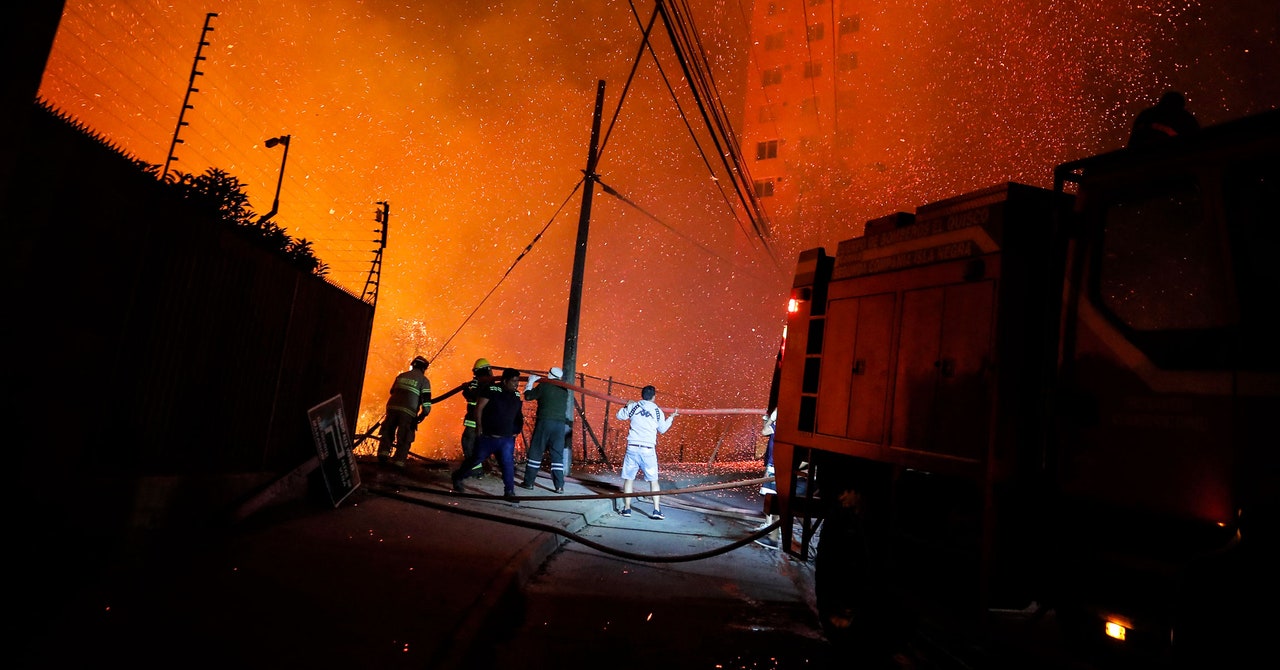Asia had its second warmest year on record. On April 30, temperatures reached 120 degrees Fahrenheit in Jacobabad, Pakistan—unseasonably early for the region. When summer came around, heat waves may have killed 50,000 people in the European Union in July alone, and as vegetation dried out, fires broke out across London and burned wide swaths of France, Spain, and other European countries. Droughts punished Europe, the western United States, and China, imperiling food supplies as crops reached their thermal limits, risking shortages of staple grains and vegetables, and driving up prices for luxuries like wine.
“The UK had its warmest year on record and Western Europe had its warmest summer on record. Not everywhere, not every year, but pretty much consistently, these records are being broken around the world,” says Schmidt. “We had 40 degrees Celsius [104 degrees F] temperatures in the southern United Kingdom. That’s never happened, and they’re totally unprepared.”
Courtesy of Berkeley Earth
You can see these absurd temperatures in the map above from another 2022 global temperature report released today by the nonprofit research group Berkeley Earth, which agrees that it was the fifth warmest year on record. By their calculations, in 2022 almost 90 percent of the planet’s surface was significantly warmer than the average temperature between 1951 and 1980.
Notice the band of cool La Niña in blue off the coast of South America, and by contrast, how red the Middle East, Asia, and Europe are. “Something like 380 million people live in areas where the hottest absolute temperature on record happened this year,” says Zeke Hausfather, a research scientist at Berkeley Earth. “While you can have a lot of year-to-year variability due to ocean dynamics in the Pacific, over the long term the human-driven warming signal is pretty darn clear.”
The map shows that the redness stretches into the Arctic, indicating higher temperatures in a region that is now warming four and a half times faster than the global average, as scientists announced this summer. That’s known as Arctic amplification: As more ice melts, it exposes darker land underneath, which absorbs more of the sun’s energy, thus raising temperatures. You can see just how out of control this has gotten in the graph below, which is also from Berkeley Earth’s report.
Image and article originally from www.wired.com. Read the original article here.

